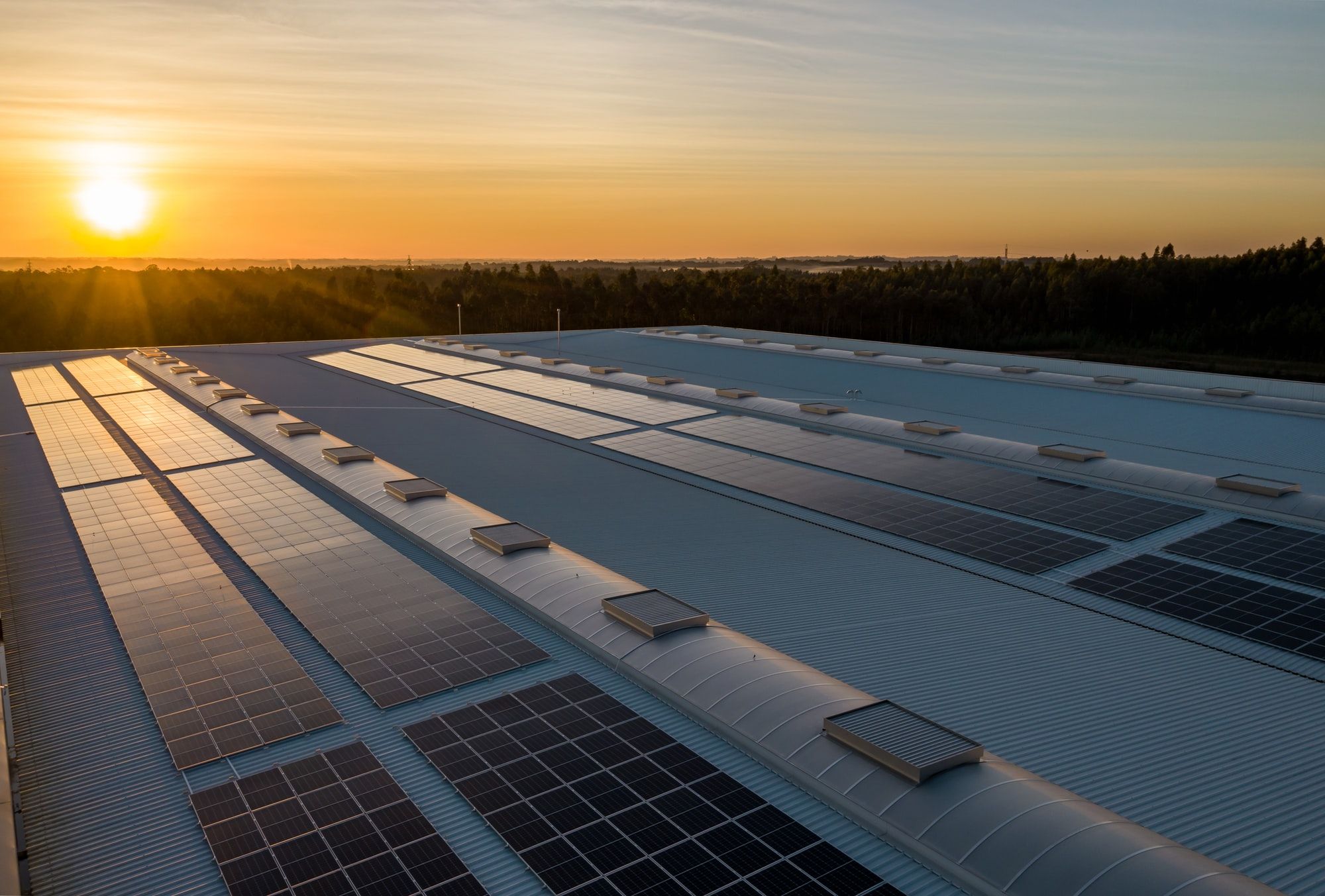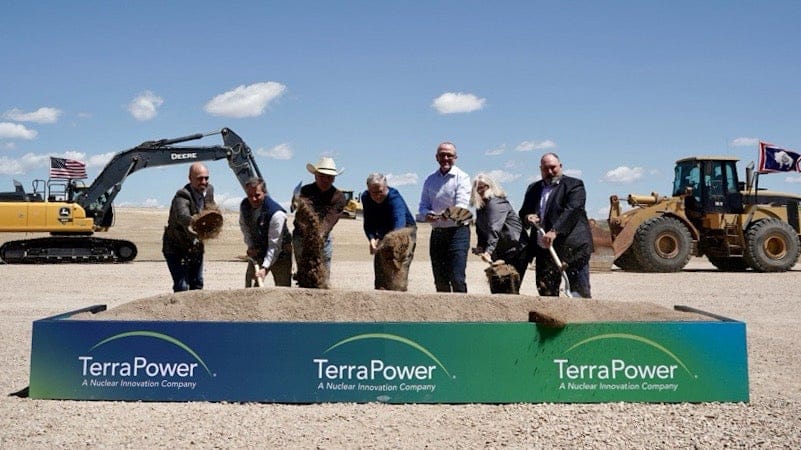
☀️ Solar panels are built where they're needed the most
This startup builds solar panels where they are most needed in order to even out the distribution of clean energy.
Share this story!
A lot of the time, new solar panels are built where the process is easiest instead of where the panels could have the biggest impact on reducing CO2 emissions. Clearloop, a Nashville-based startup, wants to even out the distribution and build solar panels in places that still depend on fossil fuels.
“If the government’s not going to move and invest in climate solutions and decarbonize the grid in our area, we were going to do it,” says co-founder and CEO Laura Zapata.
Clearloop’s first project is a solar farm based in Jackson, Tennessee. The solar farm is funded by brands that want to offset their own carbon footprints. Even though this process itself isn’t new, Clearloop is taking a slightly different approach.
Fast company writes “many companies that invest in new renewable energy projects sign “power purchase agreements”. These agreements bind the signatories to buy energy from the place they sponsored for a very long time. This makes it challenging financially for smaller companies to partake. Clearloop’s process is designed to be simple to use.

“Our thesis was that for every Facebook and Microsoft, there are thousands of other companies that are willing and able to invest in decarbonizing the grid, but don’t have the ability to sign up for power purchase agreements,” Zapata says.
To participate in one of Clearloop’s projects, there is no minimum investment required. When the startup secures enough funding from companies, they can receive financing for the rest. Then, Clearloop sells the green electricity to the local utility.
With the ambition to speed up the adaption of renewable energy in places with a heavy CO2 footprint, Clearloop uses data from WattTime which is a nonprofit that ranks the US grid is.
“We try to tackle three things,” says Zapata. “Where are the sunniest places? Where’s the grid the dirtiest? And where can a dollar invested in infrastructure go the longest way?”
Clearloop's first solar farm with 2 000 solar panels is somewhat small and can power around 200 homes. Now, the company’s efforts are directed at quickly scaling up its business model.
“What we’re hoping to do is basically bring a new creative tool to show that there are different ways to be able to build these solar projects…at the speed that we need to build it,” says Zapata.
By becoming a premium supporter, you help in the creation and sharing of fact-based optimistic news all over the world.


